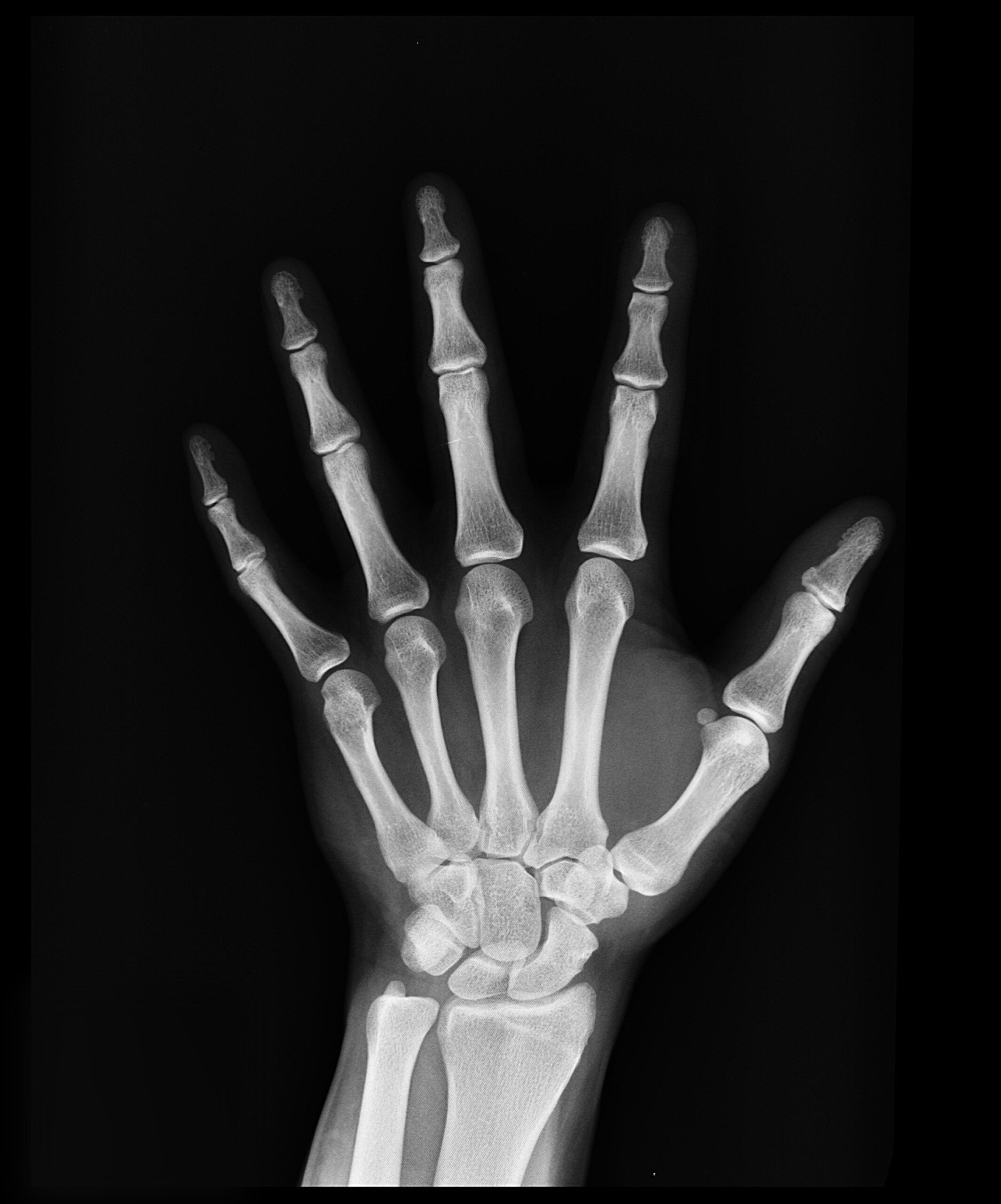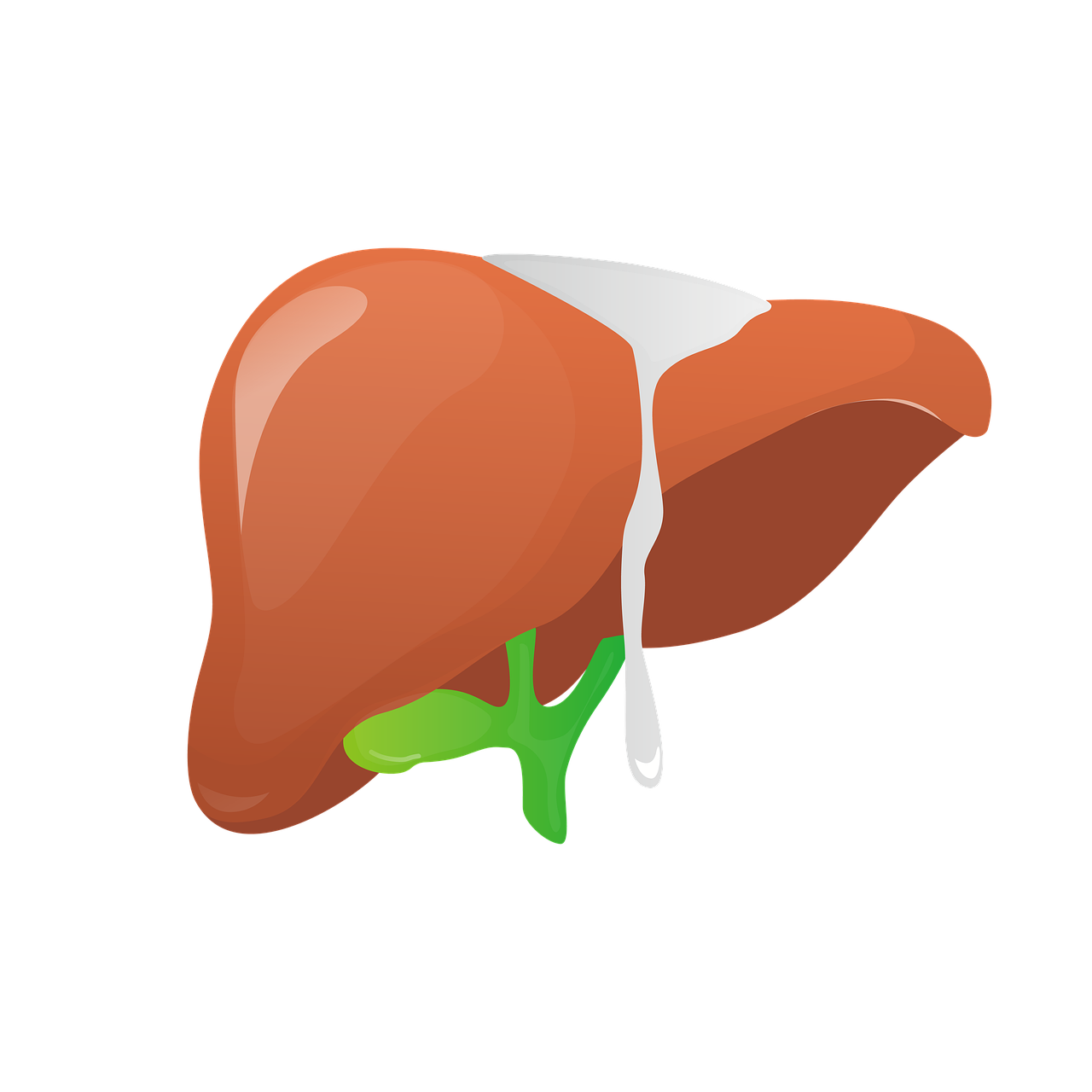Brief Overview of Anabolic Steroids
Anabolic steroids are synthetic derivatives of the male sex hormone testosterone. They are primarily known for their effects on promoting muscle growth, increasing strength, and enhancing physical performance. Anabolic steroids exert their effects by mimicking the natural androgenic hormones in the body, which regulate various physiological processes. These compounds have gained significant attention not only for their use in sports and bodybuilding but also for their therapeutic applications in medical settings.
Evolution of Anabolic Steroids from Performance Enhancement to Therapeutic Use
Initially, anabolic steroids were developed and popularized for their performance-enhancing properties, mainly within the realm of competitive sports. Athletes and bodybuilders used them to gain a competitive edge and achieve remarkable physical transformations. However, over time, researchers and medical professionals recognized the potential therapeutic benefits of anabolic steroids beyond their performance-enhancing effects. This evolution marked a shift from their illicit use to their legitimate medical applications in treating various conditions, ranging from hormonal imbalances to severe muscle wasting disorders.
Importance of Understanding the Scientific Basis of Their Therapeutic Applications
Understanding the scientific basis of anabolic steroids’ therapeutic applications is crucial for several reasons. Firstly, it allows medical professionals to make informed decisions when prescribing these compounds, ensuring that the benefits outweigh the potential risks. Secondly, a solid scientific foundation enables researchers to explore novel uses of anabolic steroids in addressing unmet medical needs. Additionally, proper knowledge can help mitigate misuse and abuse of these substances, ensuring their responsible and ethical use in medical contexts.
Mechanism of Action of Anabolic Steroids
Explanation of Anabolic and Androgenic Effects
Anabolic steroids exert both anabolic (muscle-building) and androgenic (masculinizing) effects. Anabolic effects involve promoting protein synthesis, leading to increased muscle mass and strength. Androgenic effects include the development of male secondary sexual characteristics, such as facial hair and deepening of the voice. The balance between these effects varies among different steroids, contributing to their diverse applications.
Interaction with Androgen Receptors and Cellular Signaling Pathways
Anabolic steroids interact with androgen receptors in cells, influencing gene expression and cellular signaling pathways. Upon binding to the androgen receptors, these compounds modulate the transcription of specific genes, leading to increased protein synthesis and inhibition of protein breakdown. This molecular interaction forms the basis for the anabolic effects of these steroids.
Impact on Protein Synthesis and Nitrogen Retention
Anabolic steroids enhance protein synthesis by increasing the production of ribosomal RNA and activating various translation factors. This leads to a positive nitrogen balance, where the rate of protein synthesis exceeds protein breakdown. This nitrogen-retaining effect contributes to the muscle-building properties of anabolic steroids and is particularly beneficial in conditions characterized by muscle wasting.
III. Medical Indications for Anabolic Steroid Therapy
Treatment of Hypogonadism and Hormonal Imbalances
Anabolic steroids are used to treat hypogonadism, a condition where the body fails to produce sufficient amounts of testosterone. This condition can result from primary testicular dysfunction (primary hypogonadism) or dysfunction of the hypothalamus and pituitary gland (secondary hypogonadism). Hormone replacement therapy (HRT) with anabolic steroids helps restore normal hormonal levels and alleviate associated symptoms.
Primary and Secondary Hypogonadism:
Primary hypogonadism involves problems with the testes, while secondary hypogonadism results from issues with the hypothalamus or pituitary gland.
HRT with Anabolic Steroids:
Anabolic steroids are administered in controlled doses to replace deficient testosterone and maintain proper hormonal balance.
Management of Catabolic Conditions and Muscle Wasting Disorders
Anabolic steroids find application in managing catabolic conditions, where the body breaks down muscle tissue faster than it can rebuild it. Conditions such as cancer cachexia and HIV/AIDS-related muscle wasting can lead to severe muscle loss and weakness.
Cancer Cachexia:
Anabolic steroids help counteract muscle wasting in cancer patients, improving their overall quality of life and tolerance to treatment.
- HIV/AIDS-related Muscle Wasting: Anabolic steroids assist in preserving lean muscle mass in individuals with HIV/AIDS, contributing to better physical function and immune response.
Bone Health and Osteoporosis Treatment
Anabolic steroids play a role in promoting bone health by increasing bone density and mineralization. This effect is particularly significant in populations vulnerable to osteoporosis, such as postmenopausal women and elderly patients.
Role of Anabolic Steroids in Promoting Bone Density:
Anabolic steroids enhance bone formation by stimulating osteoblast activity and suppressing osteoclast function.
Considerations for Postmenopausal Women and Elderly Patients:
Anabolic steroids may offer benefits in preventing bone loss and fractures in these populations, but careful monitoring and individualized treatment plans are necessary.
Efficacy and Safety Considerations
Clinical Studies Evaluating the Therapeutic Effects
Anabolic steroids have been studied extensively to assess their efficacy in various therapeutic applications.
Muscle Mass and Strength Improvements:
Clinical trials have demonstrated that anabolic steroids can lead to significant gains in muscle mass and strength, especially in individuals with muscle-wasting conditions.
Bone Density Enhancement:
Research indicates that anabolic steroids can increase bone mineral density, reducing the risk of fractures, particularly in conditions associated with bone loss.
Potential Side Effects and Risks Associated with Anabolic Steroid Use
While anabolic steroids offer therapeutic benefits, they are not without risks and potential side effects.
Androgenic Effects:
These effects include virilization (development of male traits) in women, hirsutism (excessive body hair), and acne due to increased androgen levels.
Cardiovascular Risks:
Anabolic steroids can affect cholesterol levels, leading to an increase in LDL (bad) cholesterol and a decrease in HDL (good) cholesterol. This alteration in cholesterol profiles can contribute to an increased risk of cardiovascular diseases, including hypertension.
Liver Toxicity and Hepatotoxicity:
Some oral anabolic steroids can stress the liver and potentially cause liver damage. Regular monitoring of liver function is essential when using these substances.
Psychiatric Effects:
Anabolic steroid use has been associated with mood swings, aggression, and even dependency or addiction in susceptible individuals.
Considerations for Long-Term Use and Abuse Potential:
Prolonged use or misuse of anabolic steroids can lead to serious health complications, including hormonal imbalances, organ damage, and psychological issues. Education and medical supervision are vital to mitigate abuse potential.
Regulation and Medical Supervision
Legal Status of Anabolic Steroids as Prescription Drugs
Anabolic steroids are classified as controlled substances in many countries due to their potential for misuse and abuse. In medical contexts, they are available by prescription only.
Role of Healthcare Providers in Prescribing and Monitoring Anabolic Steroid Therapy
Medical professionals play a crucial role in determining appropriate indications, dosages, and treatment durations for anabolic steroid therapy. Regular monitoring of patient’s health and hormonal profiles is essential to ensure safe and effective use.
Importance of Individualized Treatment Plans and Patient Education
Each patient’s needs and health conditions vary, highlighting the importance of tailoring treatment plans to individual circumstances. Patients should also receive comprehensive education about the benefits, risks, and potential side effects of anabolic steroid therapy.
Future Directions and Research
Advancements in Understanding Anabolic Steroid Mechanisms
Ongoing research continues to uncover the intricate mechanisms through which anabolic steroids exert their effects. A deeper understanding of these mechanisms could lead to the development of more targeted and effective therapies.
Development of Selective Androgen Receptor Modulators (SARMs)
Researchers are exploring selective androgen receptor modulators (SARMs) as potential alternatives to traditional anabolic steroids. SARMs are designed to target specific tissues and receptors, aiming to reduce unwanted side effects while maintaining therapeutic benefits.
Exploration of Alternative Anabolic Therapies with Improved Safety Profiles
The scientific community is investigating innovative approaches to enhancing muscle growth and bone health without the adverse effects associated with traditional anabolic steroids. This research aims to provide safer options for patients requiring anabolic interventions.
VII. Conclusion
Recap of the Scientific Basis of Anabolic Steroids’ Therapeutic Applications
Anabolic steroids, initially developed for performance enhancement, have found their way into legitimate medical applications due to their anabolic and androgenic effects. Understanding the underlying scientific principles is essential for responsible medical use.
Balancing Potential Benefits and Risks in Clinical Practice
The therapeutic potential of anabolic steroids is undeniable, but their use must be carefully balanced against potential risks and side effects. Patient safety and well-being should remain at the forefront of medical decision-making.
Call for Continued Research to Optimize Their Therapeutic Potential
As research and technology advance, ongoing investigations into anabolic steroids’ mechanisms and alternative therapies hold promise for refining their therapeutic applications. Continued collaboration between scientists, medical professionals, and regulatory bodies is crucial for maximizing their benefits while minimizing risks.
QNA
What are anabolic steroids, and what are they primarily known for?
- Anabolic steroids are synthetic derivatives of the male sex hormone testosterone. They are primarily known for their effects on promoting muscle growth, increasing strength, and enhancing physical performance.
How do anabolic steroids exert their effects on the body?
- Anabolic steroids mimic the natural androgenic hormones in the body, interacting with androgen receptors in cells. This interaction influences gene expression and cellular signaling pathways, leading to increased protein synthesis, muscle growth, and other physiological changes.
What is the historical shift in the use of anabolic steroids?
- Initially, anabolic steroids were used for enhancing athletic performance and bodybuilding. However, over time, researchers recognized their potential therapeutic benefits beyond performance enhancement. This shift led to their legitimate medical applications in treating conditions such as hormonal imbalances and muscle-wasting disorders.
What is the significance of understanding the scientific basis of anabolic steroids’ therapeutic applications?
- Understanding the scientific basis is crucial for informed medical decision-making. It enables healthcare professionals to prescribe anabolic steroids responsibly, helps researchers explore new medical uses, and prevents misuse or abuse through proper education.
What are the anabolic and androgenic effects of anabolic steroids?
- Anabolic effects involve promoting protein synthesis, leading to muscle growth and strength gains. Androgenic effects include the development of male secondary sexual characteristics like facial hair and a deeper voice.
How do anabolic steroids interact with cellular pathways to exert their effects?
- Anabolic steroids interact with androgen receptors, modulating gene expression, and cellular signaling pathways. This interaction increases protein synthesis, inhibits protein breakdown, and forms the basis for their anabolic effects.
In what medical contexts are anabolic steroids used?
- Anabolic steroids are used in treating conditions such as hypogonadism (low testosterone levels), catabolic conditions like cancer cachexia and HIV/AIDS-related muscle wasting, and for improving bone health in cases of osteoporosis.
What are some potential benefits of anabolic steroids in medical applications?
- Anabolic steroids have been shown to improve muscle mass and strength in individuals with muscle-wasting conditions. They can also enhance bone density and alleviate symptoms of hypogonadism.
What are some risks and potential side effects associated with anabolic steroid use?
- Anabolic steroid use can lead to androgenic effects, cardiovascular risks (altered cholesterol levels), liver toxicity, and psychiatric effects such as mood swings and aggression. Long-term misuse can result in serious health complications.
How are anabolic steroids regulated and supervised in medical contexts?
- Anabolic steroids are classified as controlled substances and are available only by prescription. Healthcare professionals play a vital role in determining appropriate usage, monitoring patients’ health, and educating them about benefits and risks.
What are the future directions for anabolic steroid research?
- Research is ongoing to understand their mechanisms better, develop alternatives like selective androgen receptor modulators (SARMs) with improved safety profiles, and explore innovative therapies for muscle growth and bone health.
What is the main takeaway from the article?
- Anabolic steroids, once associated primarily with performance enhancement, have evolved into valuable medical tools. Understanding their mechanisms and responsible use is crucial for optimizing their therapeutic potential while ensuring patient safety and well-being. Continued research and collaboration are essential for refining their applications.
Author

Dr. Aditya K. Sharma
I am Dr. Aditya Sharma, a dedicated urologist specializing in kidney transplants and advanced urological surgeries. My career is driven by a passion for delivering exceptional care and pioneering surgical techniques. Outside the operating room, I have a keen interest in studying the effects of anabolic steroids on bodybuilding, seeking to understand the fine line between enhancing performance and maintaining health.








